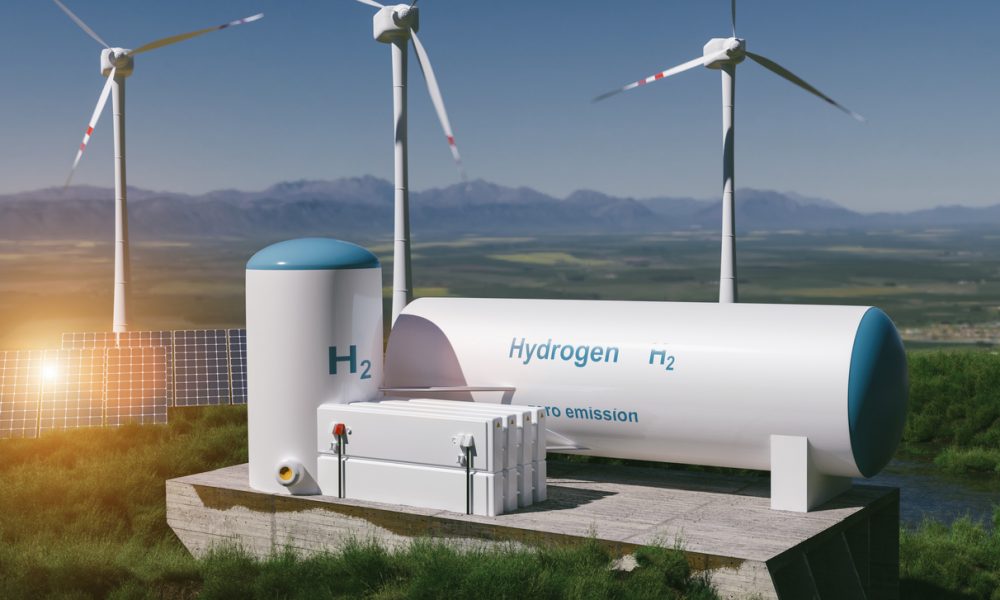Been checking this place for a good while, its a massive site which was once one of the biggest arms depots in Europe with 58 huge caverns cut inside a 3 mile long valley.
It has an interesting history and rumoured to have had Nuclear and Chemical weapons stored underground and probably a lot more to see in the future in the south of the site so a few more visits needed.
History
The Royal Naval Armaments Depot, Trecwn was commenced in 1938 as a storage and distribution depot for naval mines and was reputably never located by the Luftwaffe during WW2. It subsequently handled all types of naval munitions and in its latter years some RAF missiles. Its use continued through the cold war until the early nineties when it was placed on a care and maintenance basis and in 1998 sold for £329,000 to Omega Pacific, an Anglo Irish consortium.
The depot is located in a secluded valley approximately 3 miles south of Fishguard off the A40 trunk road. The site is entirely surrounded by a secure steel fence topped with barbed wire and runs up both sides of the valley, a distance of three miles. A private road 2 miles long brings you to the main gate with the usual guard facilities and a weighbridge. The first buildings are the staff facilities and canteen followed by many surface factory style buildings for the testing and handling of munitions. There is a large boiler house for the production of steam which is then piped on the surface to various buildings around the site.
About a mile into the site the narrow gauge railway facilities commence with maintenance sheds and a covered transfer building.
There are a total of 58 storage chambers, each extending into the hillside for 200 feet, arranged in a herringbone formation along both sides of the valley. Each one has alarmed steel doors with its own siding off the narrow gauge railway
At Fishguard harbour the main line passed the ferry terminal and continued along the main breakwater for transfer of munitions to Royal Navy ships
Firefighting was a major priority at the depot and considerable effort has been made to ensure an adequate supply of water. Two reservoirs on the hill above Trecwn store the water, which is then piped to all areas including all of the storage chambers. Beside each major building there is a hydrant able to deliver a large volume of water quickly.
The depot employed some 400 staff, the actual number varying throughout its working life - many were absorbed from Pembroke Dock when this closed down. There are 3 housing estates in the vicinity, mostly still occupied, with the exception of the depot commandant’s house quaintly named ‘Ordnance House.





















Thanks for looking
It has an interesting history and rumoured to have had Nuclear and Chemical weapons stored underground and probably a lot more to see in the future in the south of the site so a few more visits needed.
History
The Royal Naval Armaments Depot, Trecwn was commenced in 1938 as a storage and distribution depot for naval mines and was reputably never located by the Luftwaffe during WW2. It subsequently handled all types of naval munitions and in its latter years some RAF missiles. Its use continued through the cold war until the early nineties when it was placed on a care and maintenance basis and in 1998 sold for £329,000 to Omega Pacific, an Anglo Irish consortium.
The depot is located in a secluded valley approximately 3 miles south of Fishguard off the A40 trunk road. The site is entirely surrounded by a secure steel fence topped with barbed wire and runs up both sides of the valley, a distance of three miles. A private road 2 miles long brings you to the main gate with the usual guard facilities and a weighbridge. The first buildings are the staff facilities and canteen followed by many surface factory style buildings for the testing and handling of munitions. There is a large boiler house for the production of steam which is then piped on the surface to various buildings around the site.
About a mile into the site the narrow gauge railway facilities commence with maintenance sheds and a covered transfer building.
There are a total of 58 storage chambers, each extending into the hillside for 200 feet, arranged in a herringbone formation along both sides of the valley. Each one has alarmed steel doors with its own siding off the narrow gauge railway
At Fishguard harbour the main line passed the ferry terminal and continued along the main breakwater for transfer of munitions to Royal Navy ships
Firefighting was a major priority at the depot and considerable effort has been made to ensure an adequate supply of water. Two reservoirs on the hill above Trecwn store the water, which is then piped to all areas including all of the storage chambers. Beside each major building there is a hydrant able to deliver a large volume of water quickly.
The depot employed some 400 staff, the actual number varying throughout its working life - many were absorbed from Pembroke Dock when this closed down. There are 3 housing estates in the vicinity, mostly still occupied, with the exception of the depot commandant’s house quaintly named ‘Ordnance House.
Thanks for looking
Last edited:

 :
: